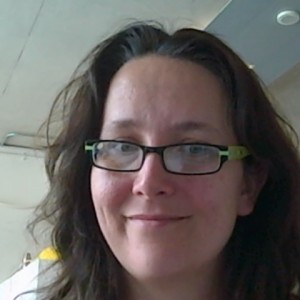Seminar: New methods to assess ocean oxygenation
 The next Sprigg Seminar will be presented by Dr Babette Hoogakker from the University of Oxford with her talk entitled "New methods to assess ocean oxygenation in the past; examples from the Atlantic and Southern oceans."
The next Sprigg Seminar will be presented by Dr Babette Hoogakker from the University of Oxford with her talk entitled "New methods to assess ocean oxygenation in the past; examples from the Atlantic and Southern oceans."Title: New methods to assess ocean oxygenation in the past; examples from the Atlantic and Southern oceans
When: 4pm, Thursday 27 October, 2016
Where: Mawson Lecture Theatre
The presentation will be followed by nibbles in the Alderman Room.
Abstract
Past reconstructions of ocean oxygenation are important to understand the natural oxygen cycle. Such datasets are valuable for the wider scientific community to validate climate models, and improve predictions of future oxygen changes. Novel datasets of oxygen usage in addition are important to define the role of biological processes in sequestering carbon in the oceans. During this talk I will discuss two recently developed proxies and examples of their application from the Atlantic and Southern (Pacific Sector) Oceans. The first proxy method allows for the quantitative reconstruction of bottom water oxygen concentrations (Hoogakker et al., 2015), the second proxy provides information about the presence/absence of low oxygen subsurface waters (Lu et al., 2016).

Newsletter & social media
Join us for a sensational mix of news, events and research at the Environment Institute. Find out about new initiatives and share with your friends what's happening.
